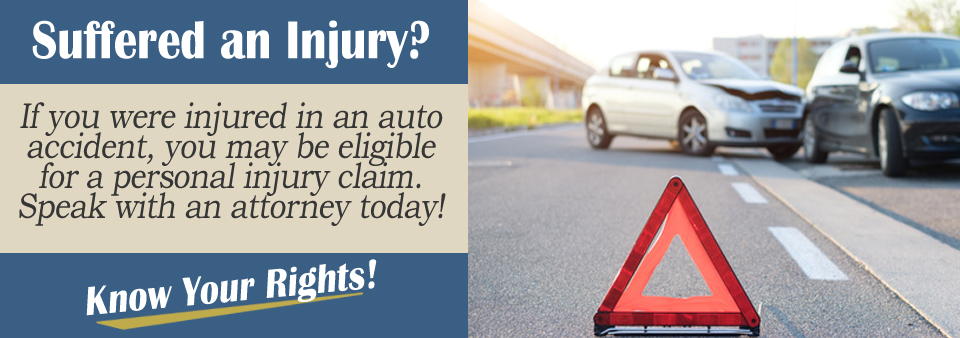Appearances can be deceiving, and that certainly is the case when a vehicle in front of you flashes a turn signal, but the car does not follow the process of making a turn. Instead, the vehicle in front of you makes a different move that leads to an accident.
Now, you have to deal with insurance issues that include knowing when to file a claim after an accident with a false turn signal.
When Do You Need to File a Claim?
Fault is the most important factor in determining which driver’s insurance company is responsible for paying for any damages. Insurance adjusters determine fault by analyzing the physical evidence and the statements made by the drivers involved in a false turn accident.
If the adjusters for each of the insurance companies involved in the claim process reach different conclusions, then the adjusters will discuss ways to find a middle ground that appeals to all parties involved in the vehicle accident.
Sometimes, insurance adjusters cannot reach a solution that is acceptable to all parties. When this happens, the time has come to contact a personal injury lawyer who specializes in handling car accident cases. Many states apply partial fault statutes, which places the burden of paying an insurance claim on more than one party.
Possible Damages Awarded in a False Turn Case
False turn vehicle crashes can lead to a wide variety of property damages. Your vehicle might have received damages to the rear bumper because of a false turn accident. The other car involved in the crash might have crashed into the driver’s side of your car.
Then, there are instances when a false turn accident can force a car off the road. The vehicle forced off the road hit a parked vehicle or ran over and destroyed part of a lawn. In high velocity false turn cases, the accident can cause personal injuries such as whiplash and bruised ribs.
The Insurance Claim Process
An insurance claim represents a formal procedure that involves making a request to receive compensation for any damages caused by a vehicle accident. As the most important document filed with an insurance claim, a police report presents the official account of what transpired before, during, and after the car crash.
Even if a false turn accident appears to have caused just minor damages. It is important to at least contact the nearest law enforcement agency to start the police report process.
The officer who takes the call might suggest the drivers involved in the accident should simply exchange information that appears in the accident report filed with each of the insurance companies. If there is no police report, the type of information exchanged includes driver contact information, as well as the number of the other driver’s car insurance policy.
Without the presence of police, it will be your responsibility to collect convincing evidence for submission with an insurance claim. You should take photographs of the accident scene, as well as shoot images of the damage caused to your vehicle.
Speak with a Licensed Attorney
An experienced personal injury lawyer can help you file an insurance claim. Your lawyer not only will ensure you submit convincing evidence, her or she will also expedite the claim process by staying in touch with the insurance companies involved in the case. Just one mistake in the paperwork required for the filing of a valid claim can lead to the denial of your claim.
Schedule a free consultation today with a licensed personal injury attorney.
